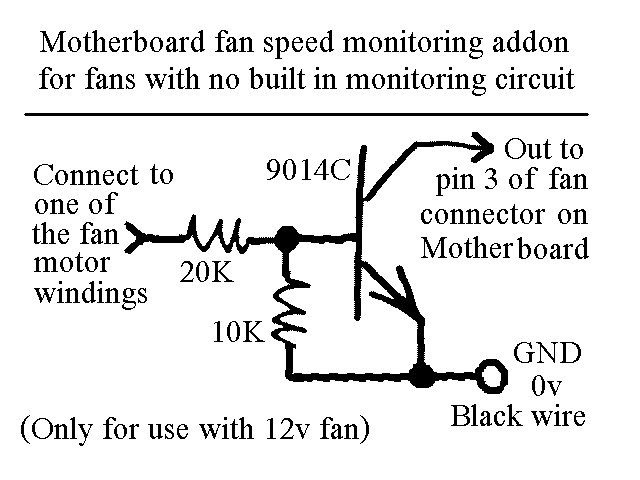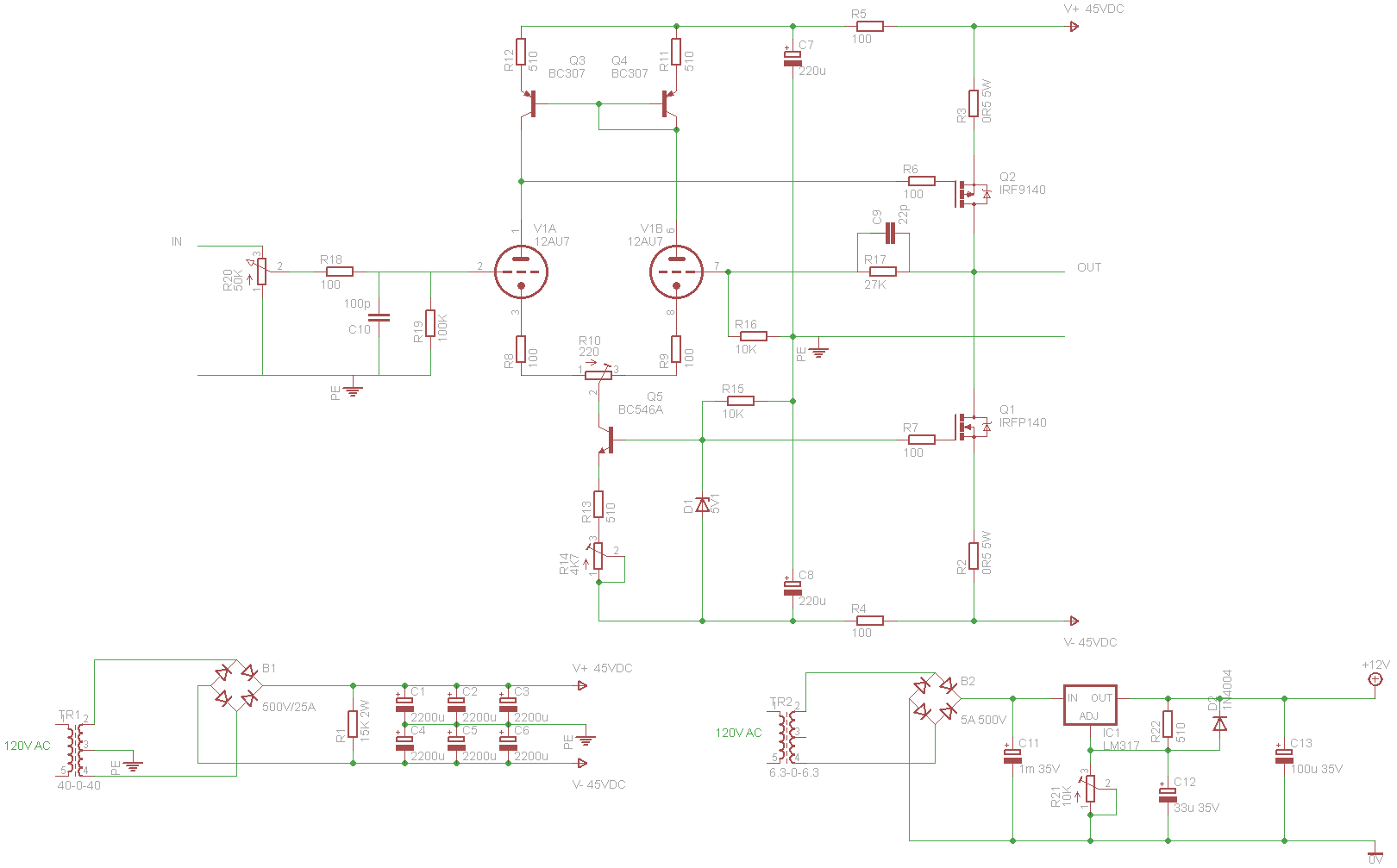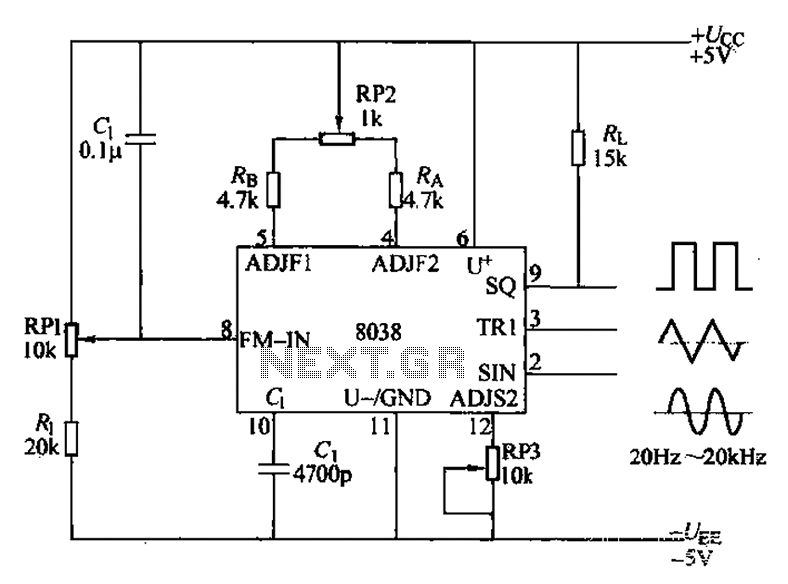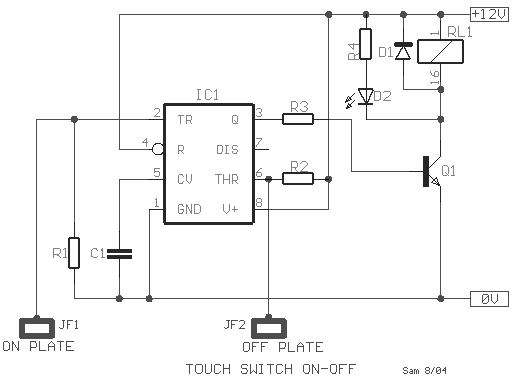
Neon high-voltage power supply circuit diagram
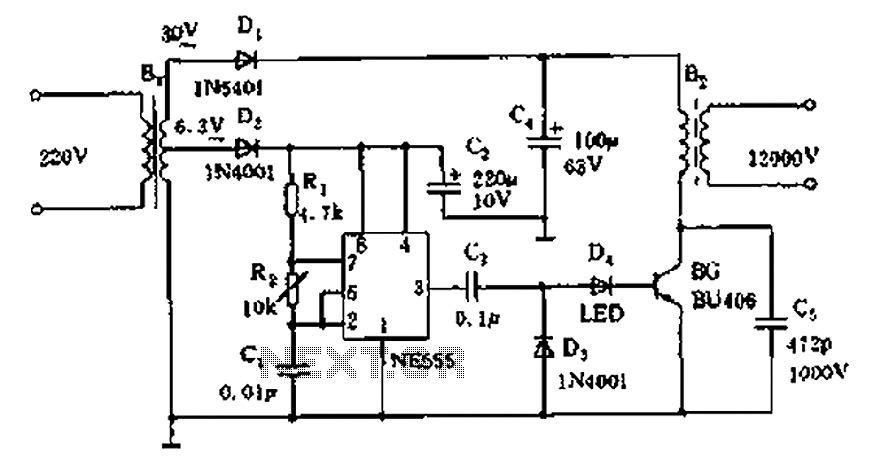
The neon voltage power supply circuit is straightforward to construct, offering stable output power and other desirable characteristics. The core component of this circuit is the NE555 timer, which generates a high-frequency oscillation signal in the range of 15 to 20 kHz. The frequency can be adjusted via resistor R2. The drive signal is output through pin 3 of the NE555, which is then processed by a sub-circuit consisting of capacitor C3, diode D1, and an LED. This configuration allows a high-power transistor (BG) to operate in a conductive state. The intensity of the drive signal can be observed through the brightness of the LED, as the power transistor alternates between on and off states. This switching action causes variations in the current flowing through the primary winding of the step-up transformer (B2), generating a high-frequency current necessary for the operation of neon tubes. The output voltage can be adjusted using R2. A capacitor (C5) connected between the collector of the transistor and ground can be omitted or left open to prevent voltage spikes caused by the breakdown of the transistor. Under normal conditions, the circuit is capable of powering neon tubes with a lighting capacity of approximately 3 to 6 meters.
The neon voltage power supply circuit utilizes the NE555 timer in astable mode to produce a square wave output, which is essential for driving the subsequent components. The oscillation frequency, determined by the values of resistors R1 and R2, along with capacitor C1, can be fine-tuned to optimize the performance of the neon tube lighting. The output from pin 3 is a square wave that transitions between high and low states, providing the necessary drive signal for the transistor.
The transistor (BG) serves as a switch, amplifying the current from the NE555 output to drive the step-up transformer. When the transistor is turned on, current flows through the primary winding of the transformer, inducing a high voltage in the secondary winding due to the principles of electromagnetic induction. This high voltage is crucial for ionizing the gas within the neon tube, allowing it to emit light.
The LED in the circuit acts as a visual indicator of the operational status of the power supply. Its brightness correlates with the duty cycle of the NE555 output, providing a straightforward means of monitoring the circuit's performance. If the LED is dim or not lit, it indicates that the transistor may not be switching correctly, or there may be an issue with the circuit.
The inclusion of diode D1 is vital for protecting the circuit from back EMF generated when the transformer is de-energized. This diode ensures that the current flows in the correct direction and prevents damage to the transistor and other components.
Overall, this neon voltage power supply circuit is efficient for driving neon tubes, with the ability to adjust the output voltage to accommodate various tube lengths. The design is robust and can be adapted for different applications requiring high-voltage, low-current outputs. As shown neon voltage power supply circuit. Its production is simple, stable output power and other characteristics. Circuit Principle: The core element of this circuit is the time base NE555 circuit which generates a high-frequency oscillation signal of 15 ~ 20kHz, high frequency can be adjusted R2. Drive signal output by 3 feet, after sub-circuit is C3, D1, LED component, so that high-power tube BG work in the C state.
The intensity of the drive signal can be directly observed it according to the brightness of LED, driven by power tube is turned on and off, flowing through the step-up transformer primary winding current B2 size variations occur, then in the B2 sub-polar high voltage generates a high-frequency current, for neon tubes work. R2 can adjust the output voltage up. BG connected between the collector and ground capacitor C5 can be omitted or open, to prevent anti-peak voltage produced by the B2 breakdown BG, under normal circumstances, the power output of the circuit can drive 3 ~ 6m neon tube lighting.
The neon voltage power supply circuit utilizes the NE555 timer in astable mode to produce a square wave output, which is essential for driving the subsequent components. The oscillation frequency, determined by the values of resistors R1 and R2, along with capacitor C1, can be fine-tuned to optimize the performance of the neon tube lighting. The output from pin 3 is a square wave that transitions between high and low states, providing the necessary drive signal for the transistor.
The transistor (BG) serves as a switch, amplifying the current from the NE555 output to drive the step-up transformer. When the transistor is turned on, current flows through the primary winding of the transformer, inducing a high voltage in the secondary winding due to the principles of electromagnetic induction. This high voltage is crucial for ionizing the gas within the neon tube, allowing it to emit light.
The LED in the circuit acts as a visual indicator of the operational status of the power supply. Its brightness correlates with the duty cycle of the NE555 output, providing a straightforward means of monitoring the circuit's performance. If the LED is dim or not lit, it indicates that the transistor may not be switching correctly, or there may be an issue with the circuit.
The inclusion of diode D1 is vital for protecting the circuit from back EMF generated when the transformer is de-energized. This diode ensures that the current flows in the correct direction and prevents damage to the transistor and other components.
Overall, this neon voltage power supply circuit is efficient for driving neon tubes, with the ability to adjust the output voltage to accommodate various tube lengths. The design is robust and can be adapted for different applications requiring high-voltage, low-current outputs. As shown neon voltage power supply circuit. Its production is simple, stable output power and other characteristics. Circuit Principle: The core element of this circuit is the time base NE555 circuit which generates a high-frequency oscillation signal of 15 ~ 20kHz, high frequency can be adjusted R2. Drive signal output by 3 feet, after sub-circuit is C3, D1, LED component, so that high-power tube BG work in the C state.
The intensity of the drive signal can be directly observed it according to the brightness of LED, driven by power tube is turned on and off, flowing through the step-up transformer primary winding current B2 size variations occur, then in the B2 sub-polar high voltage generates a high-frequency current, for neon tubes work. R2 can adjust the output voltage up. BG connected between the collector and ground capacitor C5 can be omitted or open, to prevent anti-peak voltage produced by the B2 breakdown BG, under normal circumstances, the power output of the circuit can drive 3 ~ 6m neon tube lighting.
